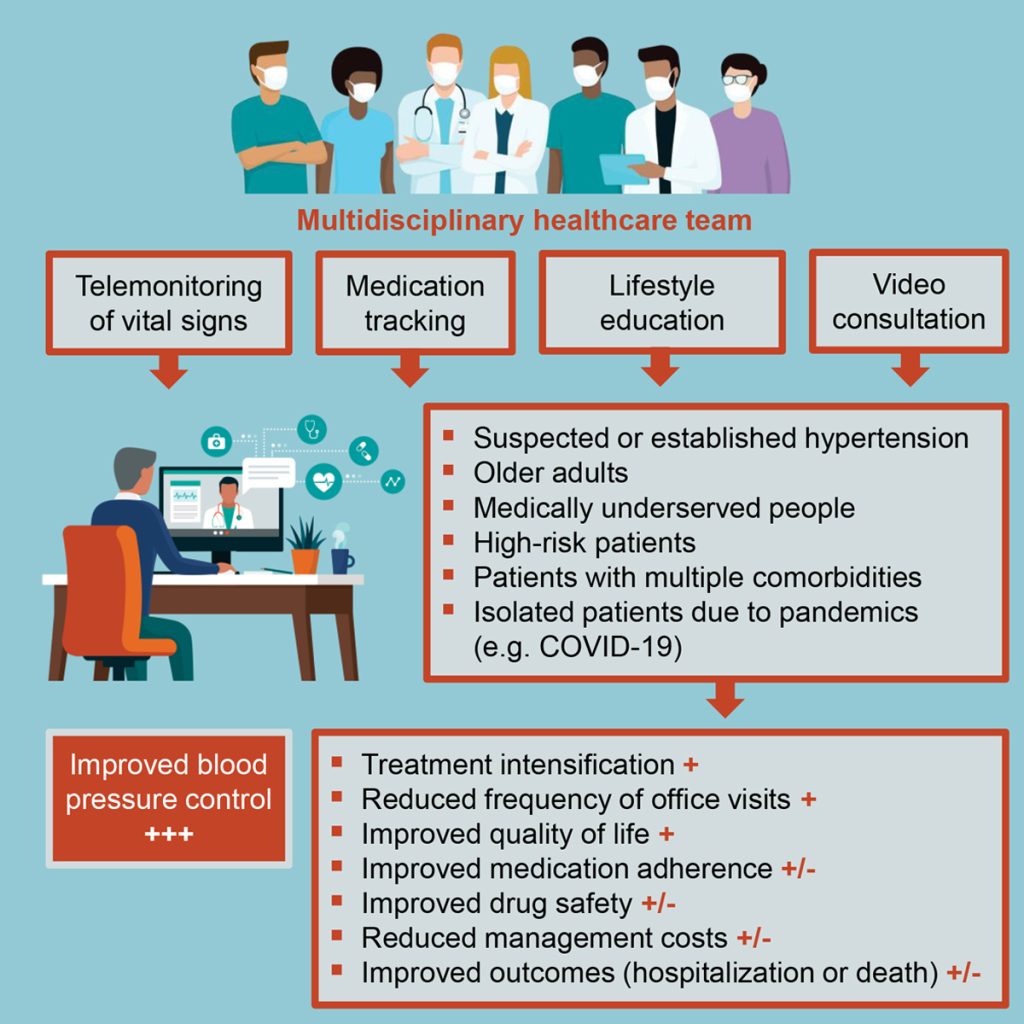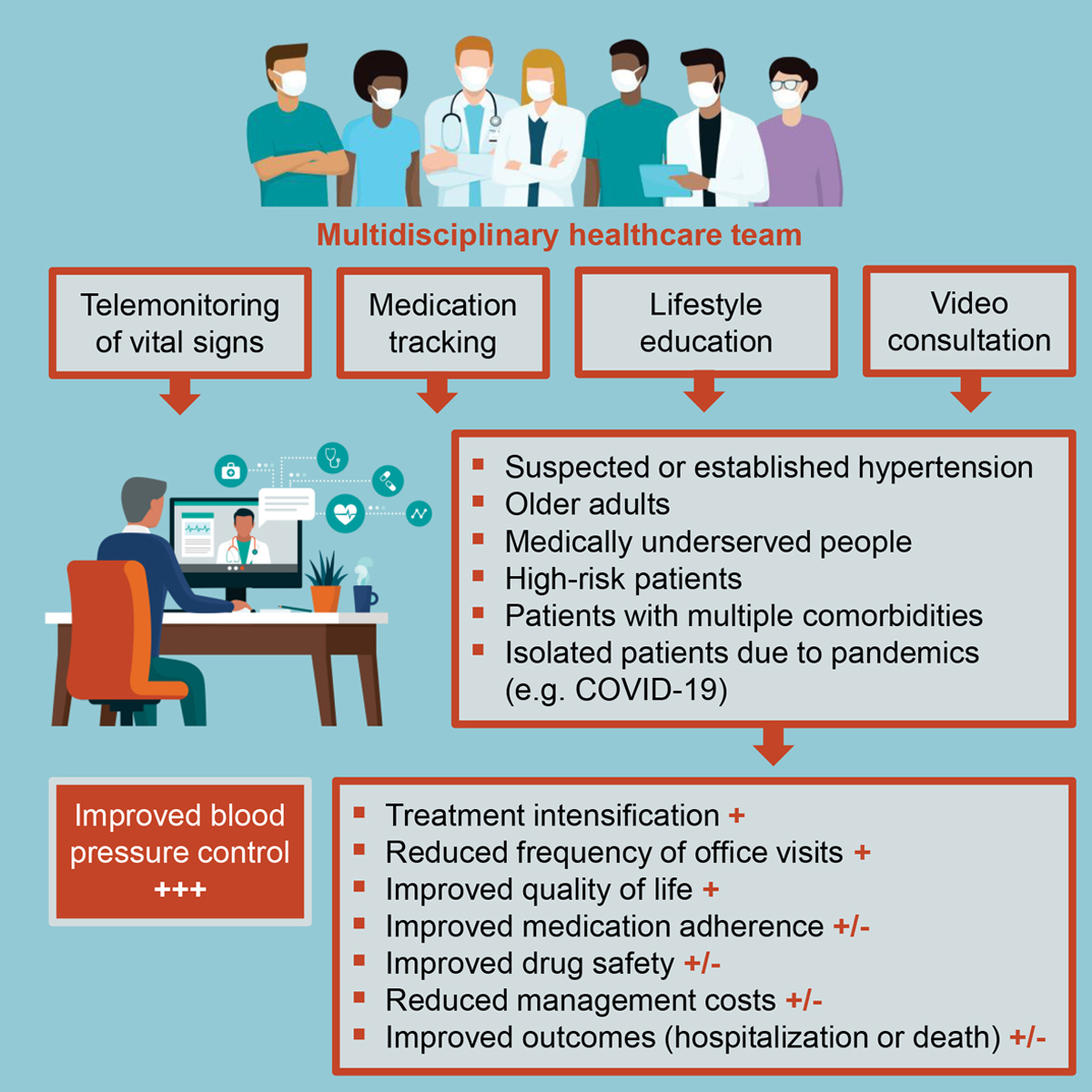If you’re a healthcare provider, caregiver, or even a patient navigating life with diabetes and hypertension, you know how overwhelming it can feel. Managing two chronic conditions at once isn’t just about pills and blood pressure cuffs — it’s about behavior, mindset, and consistent support. This Report On Experience In Counseling Diabetic And Hypertensive Patient is born from real-world practice, empathy, and evidence. It’s not theory — it’s what actually moves the needle in patient outcomes. Let’s walk through what works, what doesn’t, and how to make lasting change — together.
What Does Effective Counseling for Diabetic & Hypertensive Patients Look Like?
Counseling isn’t just talking — it’s strategic communication designed to empower patients to take ownership of their health. According to the American Diabetes Association (ADA), patients who receive structured counseling are 2.3x more likely to achieve glycemic targets and show 34% better medication adherence.
Key Pillars of Successful Counseling:
- Empathy First: Patients need to feel heard before they’ll listen.
- Goal-Oriented Planning: Small, measurable wins build momentum.
- Cultural & Literacy Sensitivity: Tailor language to the patient’s understanding.
- Follow-Up Systems: One session isn’t enough. Consistency = results.
“The most powerful tool in chronic disease management isn’t insulin or lisinopril — it’s trust.”
— Dr. Maria Chen, Endocrinologist & Behavioral Health Specialist
Real Case Study: Mrs. Thompson’s Transformation
Let’s bring this to life.
Patient Profile:
- 62-year-old female
- Type 2 Diabetes (HbA1c: 9.2%)
- Hypertension (BP: 162/94 mmHg)
- Lives alone, limited health literacy, distrusts “medical jargon”
Counseling Approach (Over 6 Months):
- Session 1: Built rapport — no medical talk. Asked: “What does a good day look like for you?”
- Session 2: Introduced “food swaps” using pictures, not labels. Replaced white rice with cauliflower rice (½ cup per meal).
- Session 3: Co-created a walking plan — start with 5 mins after dinner, increase by 2 mins weekly.
- Session 4: Simplified meds — used color-coded pillbox + alarm reminders.
- Monthly Check-ins: Celebrated small wins — even 1-point HbA1c drop was praised.
Results at 6 Months:
✅ HbA1c dropped to 7.1%
✅ BP stabilized at 132/82 mmHg
✅ Lost 14 lbs
✅ Self-reported “feeling in control” increased from 2/10 to 8/10
Top 5 Counseling Mistakes (And How to Avoid Them)
Even well-meaning providers stumble. Here’s what to watch for:
| Using medical jargon | Confuses, disempowers | Use analogies: “Think of insulin like a key unlocking sugar into your cells.” |
| Setting unrealistic goals | Leads to frustration | Start with: “Walk 3x this week” not “Lose 20 lbs in a month.” |
| Skipping emotional check-ins | Misses root causes | Ask: “What’s been the hardest part this week?” |
| One-size-fits-all advice | Ignores individual context | Customize: A single mom needs different strategies than a retiree. |
| No follow-up system | Momentum dies | Schedule next visit before they leave. Text reminders work wonders. |

Step-by-Step: How to Conduct Your First Counseling Session (Template)
Follow this 7-step framework — proven in clinics nationwide.
Step 1: Prepare the Environment (2 mins)
- Quiet, private room.
- Water and tissues available.
- No white coat — reduces power imbalance.
Step 2: Build Trust (5 mins)
Ask open-ended questions:
- “What are you most proud of lately?”
- “What worries you most about your health right now?”
Step 3: Assess Readiness (3 mins)
Use the “Readiness Ruler”:
“On a scale of 1–10, how ready are you to make a change in your eating or activity?”
→ If <5, focus on motivation. If >5, move to action.
Step 4: Co-Create 1 Micro-Goal (7 mins)
Examples:
- “Swap soda for sparkling water — 3 days this week.”
- “Check BP every morning before coffee — log it on this chart.”
Step 5: Teach One Skill (5 mins)
Pick ONE:
- How to read a nutrition label
- Proper BP cuff placement
- Carb counting using hand portions (palm = 30g carbs)
Step 6: Anticipate Barriers (4 mins)
Ask: “What might get in the way?”
→ Prep solutions: “If you forget, set a phone alarm labeled ‘My Health Win.’”
Step 7: Schedule & Celebrate (2 mins)
- Book next appt before they leave.
- Say: “I’m excited to hear how this goes — you’ve got this.”
💡 Pro Tip: End every session with: “What’s one thing you’ll try before we meet again?” — creates accountability.
Why Combining Diabetes & Hypertension Counseling Works Better
These conditions share root causes — insulin resistance, inflammation, sedentary lifestyle. Treating them separately is inefficient.
Synergistic Benefits of Combined Counseling:
- Reduces cognitive load for patients (“One plan, not two”)
- Improves medication adherence (single routine)
- Boosts motivation (“Improving one helps the other”)
- Cuts clinic time by 40% (per JAMA Internal Medicine, 2022)
For deeper context on how these diseases interact biologically, see the Wikipedia page on Metabolic Syndrome .
Tools & Resources That Actually Get Used
Patients won’t use complicated apps or 20-page handouts. Keep it simple.
Top 3 Free, Effective Tools:
- MyFoodAdvisor (ADA) — searchable food database with carb counts.
- Blood Pressure Notebook (AHA) — printable tracker with color zones.
- Medisafe App — pill reminders with family alerts.
What to Avoid:
- PDFs that can’t be annotated
- Apps requiring email signup
- Generic “eat healthy” brochures
FAQ Section: Your Top Questions Answered
Q1: How often should I counsel diabetic and hypertensive patients?
A: Minimum: Every 3 months for stable patients. Monthly for those with uncontrolled metrics (HbA1c >8%, BP >140/90). After hospitalization or new diagnosis — weekly for first month.
Q2: What if the patient refuses to change?
A: Don’t push. Use motivational interviewing:
- “What would need to happen for you to consider trying this?”
- “On a scale of 1–10, what makes it a 4 and not a 2?”
Often, resistance drops when patients feel in control.
Q3: Can family members be involved in counseling?
A: Absolutely — and it improves outcomes by 27% (per CDC). But always get patient consent first. Invite them for Session 2 or 3 — not the first, to build trust solo.
Q4: How do I handle patients with low health literacy?
A:
- Use pictures, not paragraphs.
- Teach “teach-back”: “Can you show me how you’ll take this med?”
- Avoid “Do you understand?” → Ask: “How will you explain this to your daughter?”
Q5: What’s the biggest predictor of counseling success?
A: The therapeutic alliance — the patient’s belief that you care, listen, and won’t judge. Technical knowledge matters less than trust.
Q6: Should I address mental health during counseling?
A: Yes. 1 in 3 diabetic patients has depression (ADA). Screen with 2 questions:
- “Little interest or pleasure in doing things?”
- “Feeling down, hopeless, or depressed?”
If “yes” to either — refer. Mental health is metabolic health.
Conclusion: Small Steps, Big Impact
This Report On Experience In Counseling Diabetic And Hypertensive Patient isn’t about perfection — it’s about progress. The wins are in the 5-minute walks, the swapped sodas, the logged BP numbers. When you meet patients where they are — with patience, practicality, and partnership — change isn’t just possible. It’s probable.
You don’t need fancy tech or extra staff. You need empathy, structure, and consistency.
👉 Found this helpful? Share it with a colleague who cares for chronic disease patients. Let’s raise the standard — together.

Leave a Reply